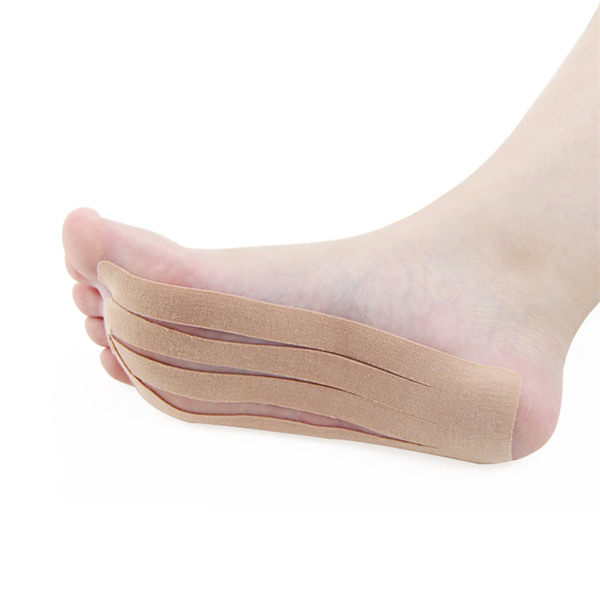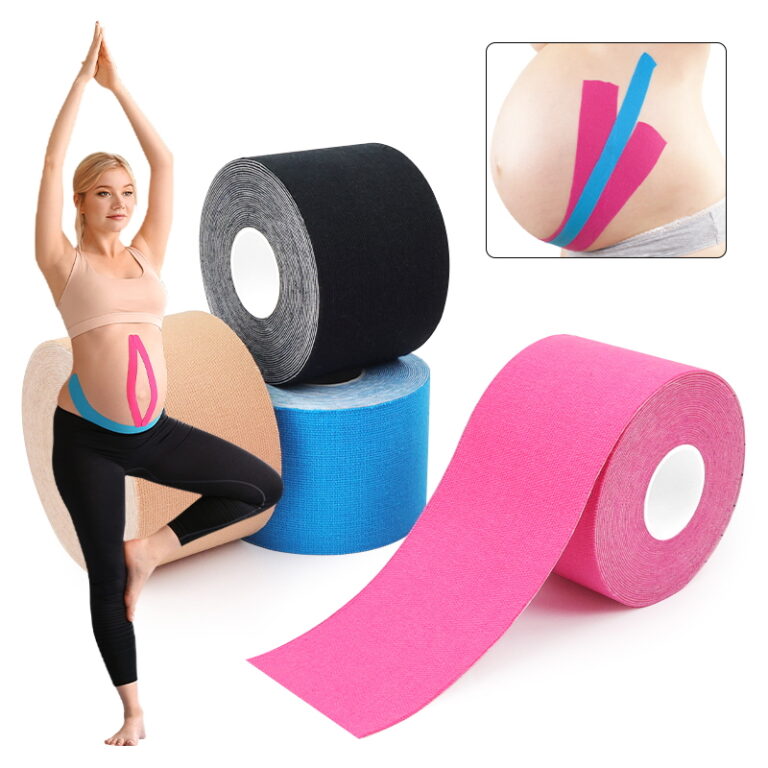If your injury or illness is causing problems with your mobility and motor function, your physical therapist may use a kinesiology tape.
It involves placing special tape on your body in specific directions to help improve your mobility and support your joints, muscles, and tendons.

The history of kinesiology tape
sports tape was developed in the 1970s by a chiropractor named Kenso Kase, DC.
He found that using a flexible tape that exploited the interface between the skin and muscle could provide lasting results for his patients.
He developed many of the technologies used in sports tapes today, and he also owns his own tape brand, Kinesiotape.
A female physiotherapist is putting tape on the neck of a young woman with a headache. sports tape is also used in the prevention and treatment of competitive sports.
What is the difference between kinesiology tape and sports tape
While kinesiology tape looks a lot like sports tape, there are many differences between the two.
kinesiology tape is used to promote movement and suppress pain and spasticity, and sports tape is used to support and limit movement.
kinesiology tape is a flexible material that moves as you move; sports tape is relatively inflexible.
kinesiology tape helps improve lymphatic transport and increase circulation.
kinesiology tape:
For promoting movement and suppressing pain
flexibility
can improve circulation
Sports tape:
For supporting and limiting movement
not flexible
reduce cycles




